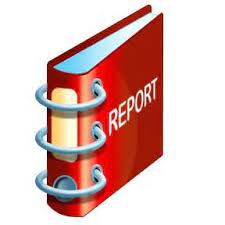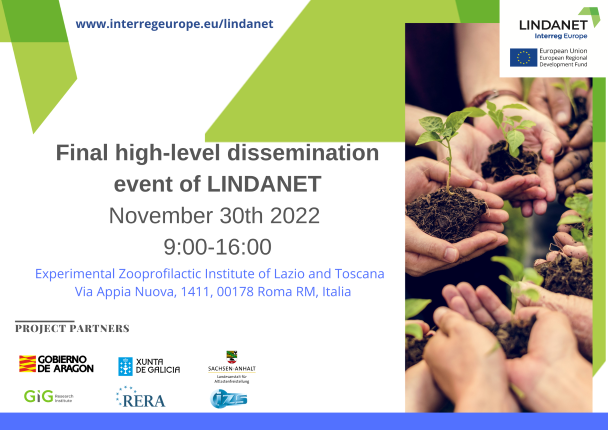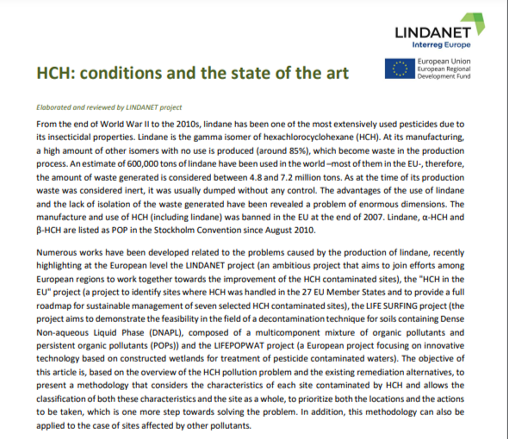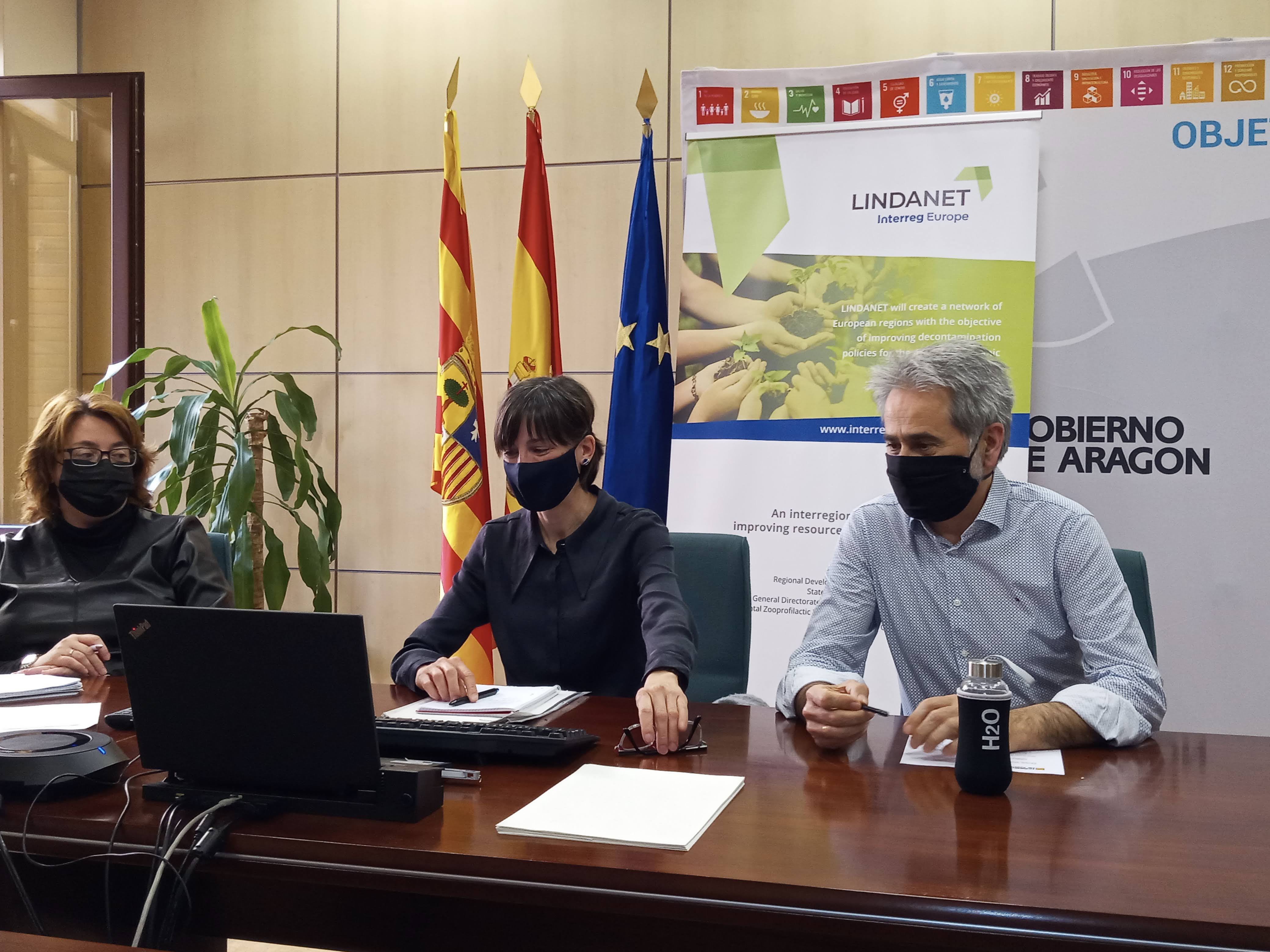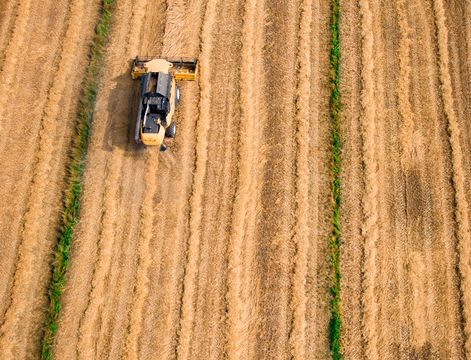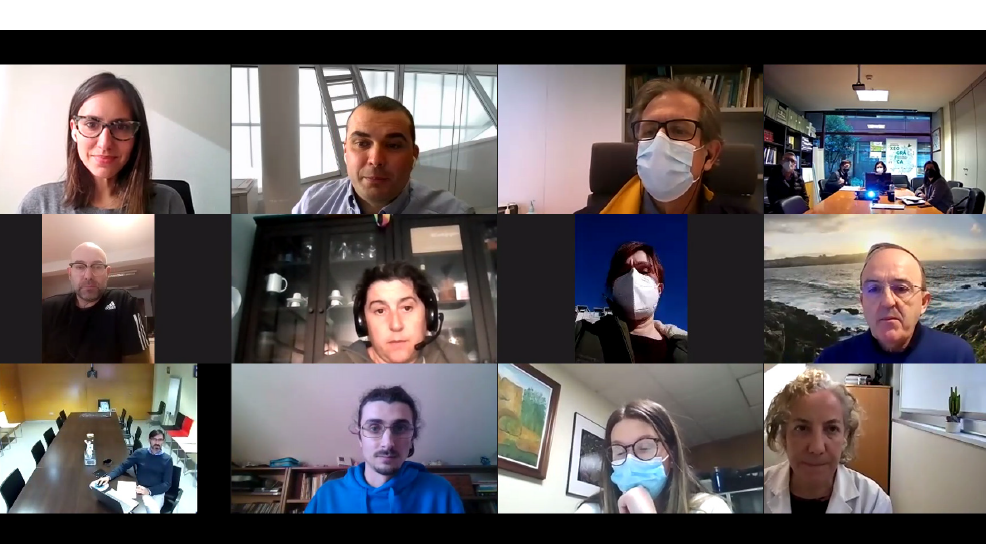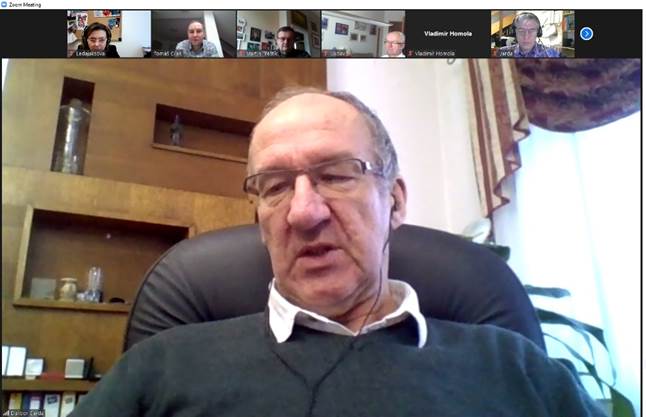The sixth and last interregional thematic meeting "ITW6" - LINDANET will be held on Wednesday 30 November and Thursday 1 December, promoted and organized by the Istituto Zooprofilattico Sperimentale del Lazio e della Toscana, the Italian partner of the research network. The event will be the occasion for the presentation of the intervention plans on the eve of the conclusion of a path shared by 6 countries from different European regions.
A widespread European interregional network, declares Bruno Neri - Director of the UOC of Chemistry of the IZSLT - has been activated and financed to create the map of the contaminated sites, share and develop the knowledge necessary to analyze the consequences of the contamination and produce the plans action that we will present together on November 30th. In these 40 months, continues Neri, we have maintained constant contact with the associations, local health authorities, social groups and the business sector to share fundamental information for research, and the people who live in these areas. The agenda of the Workshop was organized with this logic, which will open with a detailed account of the history of the βHCH problem in Lazio by the representatives of the ASL Roma 5 and the Retuvasa association.
The second day of the event will take place in Colleferro, the origin of the pollution in the Valle del Sacco, with the participation of local authorities and a guided tour by Alberto Vallerani of Retuvasa (reserved for project participants) who in a note from the Association declares "The project was for us a very important opportunity for communication, allowing us to share the studies and research that we have been carrying out for years, through a dialogue of comparison between citizens, associations and local administrators to follow the consequences of this contamination, understand its real significance and remedy it as far as possible. The activity of the Lindanet network is an example of how the problems relating to the pollution of the territories, to the contamination of environmental matrices requires maximum collaboration, between public administrations, research institutes, active citizens without any foreclosure across the borders that divide the different villages; this collaboration is particularly important at the European level”.


